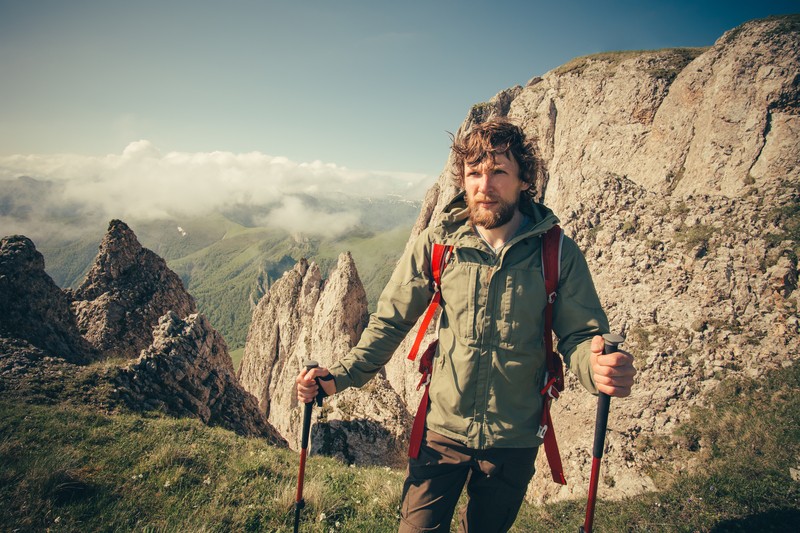Altitude sickness can be identified by blueness in the lips, nausea, and dizziness. It's an unpleasant experience that may leave those who are suffering from it feeling panicked about their circumstances.
If you follow the steps below, though, there is no reason to fear this issue.
Descending to a lower altitude
If you have mild symptoms of altitude sickness that don't disappear over the course of 24 to 48 hours, the best thing to do is descend by at least 500m (about 1,600 feet).
Don't attempt to climb again until your symptoms have completely disappeared. After two to three days, your body will have acclimatised and your symptoms should disappear.
If you have severe symptoms or your symptoms are getting worse, descend immediately by as much height as possible. This is because severe altitude sickness can be fatal if not treated quickly. Seek immediate medical help when you reach a low altitude.
Oxygen treatment
Increasing your oxygen intake with bottled oxygen or portable hyperbaric chambers (also known as Gamow or Certec bags) can help to temporarily improve some of the symptoms of altitude sickness.
A portable hyperbaric chamber is a bag you're zipped into, which is then pumped full of air. After one to two hours of treatment, your symptoms should improve significantly. The effect of the treatment is equivalent to descending about 2,000m (6,500 feet).
However, while oxygen treatment or the use of a hyperbaric chamber can relieve the symptoms of altitude sickness, it's not a replacement for descending to a lower altitude. You should always descend if you have severe or worsening symptoms, even if you've had oxygen treatment.
Chances are unless you're attempting to scale the Himalayas or the Alps, you probably won't have a hyperbaric chamber on you with which to acclimate to the altitude.
However, if you are planning on entering a situation in which ascending mountains could be a real possibility, you should at the very least carry a portable oxygen tank with you.
It's also important to remember to keep an eye on your teammates. Everyone reacts to altitude differently. While one person may not succumb to altitude sickness until they are 25,000 feet up, another person may pass out at 14,000 feet.
To learn more health and treatment tips, and to read more about altitude sickness, check out NHS Choices.
